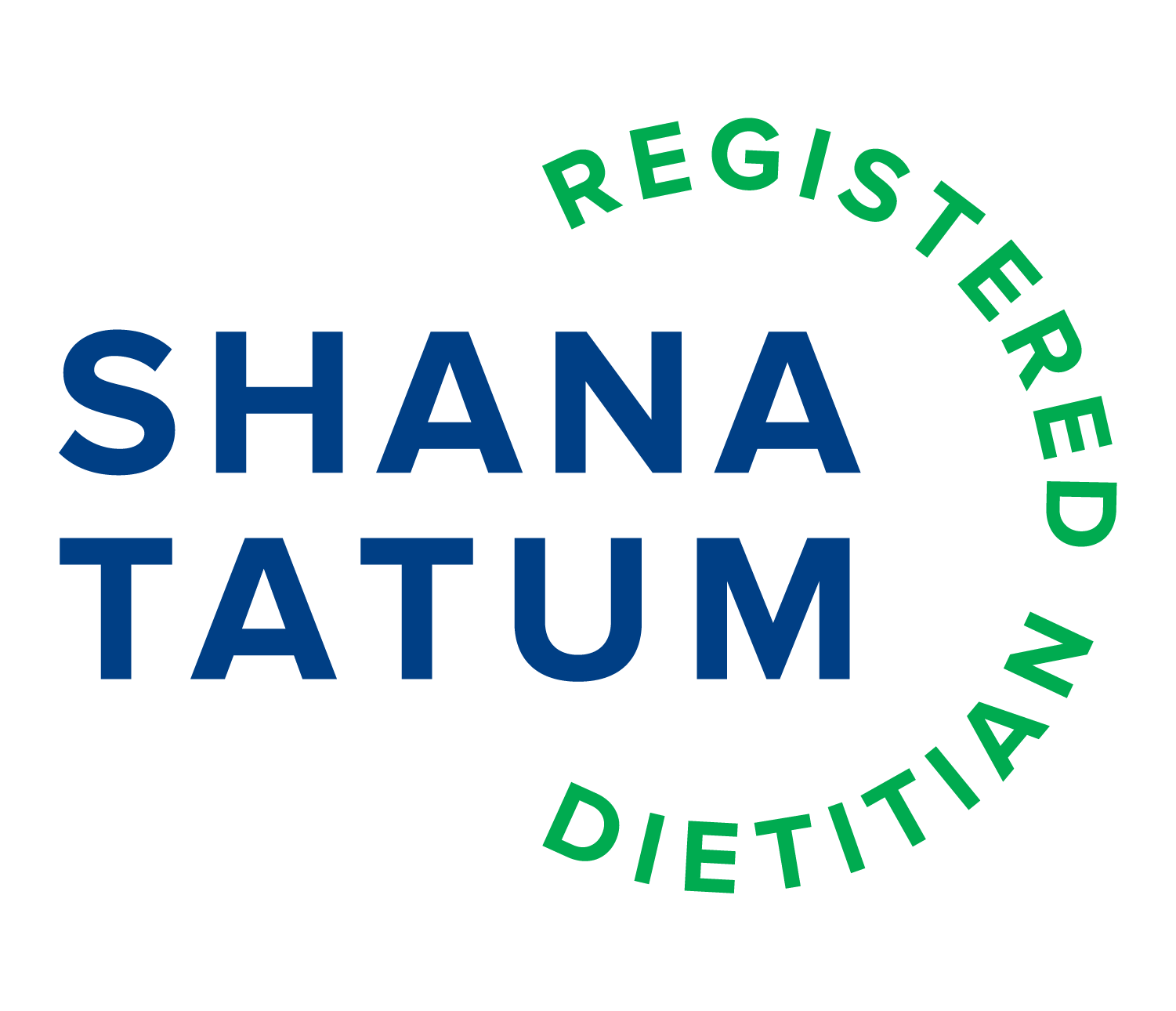Teen Nutrition
There are certain times in the life cycle that human growth is accelerated. The teen years are one of those periods. Proper nutrition is essential to maintain optimal growth and development. As a mom to three boys, I had my share of worries that between the fast food with friends and newfound independence, that they were sure to hit a snag in their maturity. I knew that an occasional indulgence would not set them back; it was my fear that it would become part of their regular consumption that had me worried.
The CDC has reported that 20.6% of children aged 12-19 within the U.S. are obese. We increasingly see a population that is overfed and under nourished. Things can also tilt the other direction. Close to 3% of adolescent girls meet the criteria for an eating disorder. If you have concerns about your teen’s weight or relationship with food, there are resources available such as https://www.nationaleatingdisorders.org/help-support/contact-helpline.
Convenience is often indicated as a reason for why poor choices are made. This proves even more true for teens. Our modern life leaves little time for meal preparation and family dinners. School schedules, part-time jobs, extra-curricular activities and sports all limit time spent at home and effort toward balanced nutrition.
Every food group is important as a child matures. Proper intake of macro and micronutrients are key. Those participating in sports may also require higher levels of nutrients. There are some limited studies for young athletes, but the research seems to indicate an increased demand for more nutrients. We know there is no denying food is connected to mood. Fatigue and lack of motivation can be direct results of a poor diet. Protein, vitamins, and minerals are the substrates to healthy neurotransmitters in the brain like serotonin and dopamine.
Things to consider:
Macronutrients
Proteins
Amino acids, the single units of proteins, are the building blocks of the body. It makes RNA, DNA, neurotransmitters, and hormones. We don’t store protein, so we need it in the diet daily. Your recommended intake depends on age, gender, and level of activity. Generally, and according to the RDA, 52g protein for teenage males and 48g protein for females is recommended. Some examples:
Eggs - 6 grams protein/large egg
Meat, poultry, and fish - about 21 grams protein/3-ounce piece or about the size of the palm of your hand
Milk and milk products - 8 grams protein/1 cup milk
Nuts and seeds -about 5 grams protein/1-ounce raw nuts – about a small handful
Tofu -13 grams protein/½ cup tofu
Legumes, beans, and peas - 8 grams protein/½ cup beans
Fats
Healthy fats in the diet are important for developing teens. For example, cholesterol is the starting molecule for sex hormones and the brain is full of DHA, an Omega 3 fatty acid. The brain continues to develop until about age 25. Maintaining good intake can be easy. Focus on 2 servings per day of monounsaturated and polyunsaturated fats. Some examples include:
1-2 teaspoons of olive, avocado or pumpkin seed oil
1-2 teaspoons of nut butter
1 tablespoon of avocado
4 oz. fatty fish such as salmon, anchovies, sardines
1 oz. - or small handful almonds, hazelnuts, pecans, pumpkin seeds, and sesame seeds
Carbohydrates
Glucose from complex carbohydrate sources provides energy for active teens. They also provide a great source of fiber for the gut microbiome. We have seen in the research that good gut health translates to good overall health. The diversity of microorganisms in the intestinal tract thrives with a variety of fiber. It is recommended that female teens get 25g and male teenagers 30g per day. Some examples include:
Navy beans, cooked, 1⁄2 cup 9.5g fiber
Black Beans, canned ½ cup 7.5g fiber
Lentils, cooked ½ cup 7.8g fiber
Chickpeas, canned ½ cup 6.2g fiber
Sweet potato, baked with peel, 1 medium 4.8g fiber
Pear, raw, 1 medium 4.3g fiber
Raspberries, raw, ½ cup 4.0g fiber
Almonds, 1 oz. 3.0g fiber
Broccoli, cooked ½ cup 2.8g fiber
Micronutrients are nutrients the body needs small amounts of to function properly. This class of nutrients incudes minerals, vitamins, and phytonutrients. While some vitamins are made in the body, there are 13 vitamins that we don’t make. These are known as essential vitamins, because it is essential for us to include in our diet.
Key Vitamins
Vitamin D- Important for blood sugar regulation and bone development and maintenance. Sources are egg yolks, fortified foods such as milk and orange juice, salmon, sardines, and tuna, with sunlight being the best source!
Vitamin B6 -Brain and nervous system health, hormone function and red blood cell production. Sources include banana, beef, chicken, salmon, spinach, sunflower seeds, and sweet potato.
Vitamin B12 – Integral for DNA production, mood balance, bone support and cognition and brain health. Sources include beef, chicken, clams, cod, crab, eggs, lamb, cow’s milk, nutritional yeast, salmon, sardines, shrimp, yogurt.
Key Minerals
Iron- Critical for energy production, immune system, and red blood cell production. Sources include asparagus, beans, bok choy, cumin, dark leafy greens, eggs, lentils, red meats, shellfish, turmeric.
Magnesium – Essential for bone health, controlling blood sugar, and inflammation, nervous system, and mood balance. Sources are found in beans (black, navy, soy) cashews, dark leafy greens, quinoa, pumpkin, and sunflower seeds.
Zinc - Important for immune function, male reproductive health, metabolism, and skin health. Sources are asparagus, beans, beef, chicken. lamb, mushrooms, oysters, scallops, pumpkin, and sesame seeds.
Encourage your teen to get in tune with their bodies and listen to internal hunger and fullness cues. The body is always communicating its need. Set a good example at home by serving meals with lots of fresh vegetables at every meal and limit processed food. Read nutrition labels, paying extra attention to suspicious health claims. With time and gentle guidance, you can be sure your teen is choosing foods that match both taste and enjoyment while balancing biochemistry.

